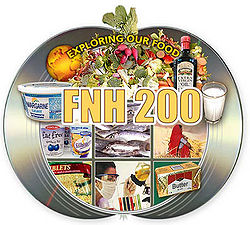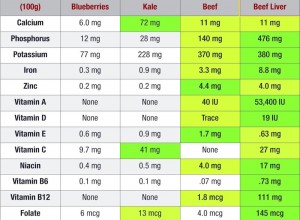Course:FNH200
| FNH200 Exploring our Foods | ||||
|---|---|---|---|---|
 | ||||
| Course Info | ||||
| Instructor: | Judy Chan | |||
| Class schedule: | Term 2: M W F 12-1pm | |||
| Classroom: | MacMillan 166 | |||
| Office hours: | By Appointment | |||
| Course Syllabus: | FNH200 2011w (pdf) | |||
| Course Lessons | ||||
| Team Projects | ||||
| Lecture Notes | ||||
Course Description
Students are introduced to chemical and physical properties of foods; issues pertaining to safety; nutritive value and consumer acceptability of food, food quality and additives; food preservation techniques and transformation of agricultural commodities into food products; foods of the future.
This course is required in the Food, Nutrition and Health Program and will also be of value to students in other programs in the Faculty of Land and Food Systems, or in other disciplines including those in the life sciences, health care professions, human kinetics or physical education, who wish to enhance their understanding of the science of food.
Course Objectives
After completing this course, successful students will be able to:
- Describe tissue-based (both plant and animal) food systems, fluid food systems and various dispersions important to food quality;
- Develop personal food selection and food handling habits that will minimize your risk of contracting food-borne or water-borne disease;
- Illustrate the importance and role of chemical reactions, enzymes and micro-organisms in food spoilage, food preservation and food-borne disease;
- Describe various types of food processing and packaging systems;
- Understand the need for and appropriate applications of food processing;
- Rationalize and articulate a personal set of values related to your decisions pertaining to selection of food products for your personal and/or your family's consumption
FNH 200 102 2011 Winter
Course Syllabus: File:FNH 200 102 2011w Course Syllabus.pdf
Note to students enrolled in FNH 200:
There are multiple sections for FNH 200. This Course Wiki is developed by Judy Chan for students registered in FNH 200 102. Other instructors may have minor changes in their course content and use different evaluation strategies. Students registered in other sections should contact their instructors for specific information.
- FNH 200 101 (Term 1): Azita Madadi-Noei
- FNH 200 102 (Term 2): Judy Chan
- FNH 200 99A (Distance Education, Term A): Andrea Liceaga
- FNH 200 99B (Distance Education, Term A): Guangtao Meng
- FNH 200 99C (Distance Education, Term A): Azita Madadi-Noei
- FNH 200 99D (Distance Education, Term A): Nooshin Alizadeh-Pasdar
- FNH 200 99E (Distance Education, Term C): Andrea Liceaga
- FNH 200 99F (Distance Education, Term C): Azita Madadi-Noei
- FNH 200 99G (Distance Education, Term C): Guangtao Meng
- FNH 200 99H (Distance Education, Term C): Nooshin Alizadeh-Pasdar





